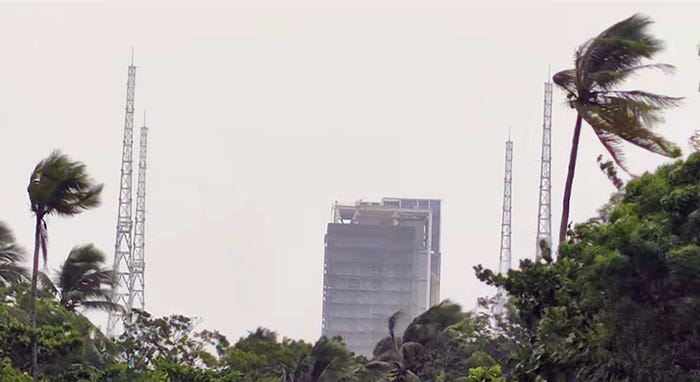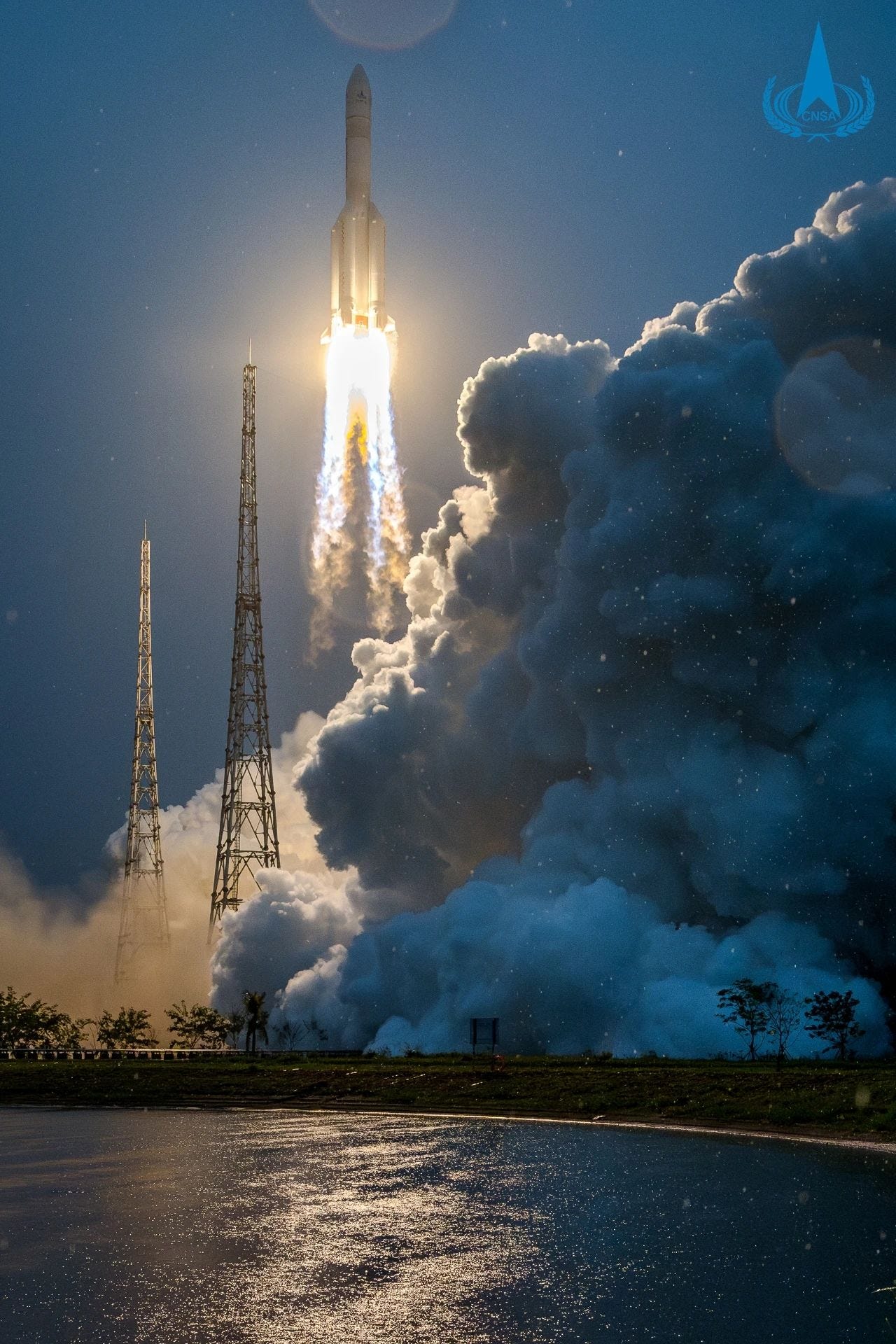Wenchang and typhoons
The South China Sea develops plenty of typhoons each year; how are the launch sites at Wenchang built to withstand them?
Tropical Storm Yagi is currently (September 2nd/3rd 2024) moving through the north of the Philippines, with forecasts suggesting it could develop into a typhoon once it reaches the South China Sea. Yagi is expected to head towards China’s southernmost province of Hainan, but it’s currently unknown where the storm will make landfall.
As such, the two launch sites on the east of the island province may face a “direct hit”. The two launch sites at Hainan, are the Wenchang Space Launch Site and the Wenchang Commercial Space Launch Site. So how are these sites built to withstand extreme weather?

As part of a report released by the Xinhua News Agency in 2016, Zhou Xianghu (周湘虎), an engineer involved with the construction of the launch site, stated that the launch towers use a steel-frame core that then has reinforced concrete and more steel to make up the external structure. Liu Xiaohu (刘晓华), a chief engineer at the Beijing Special Engineering Design Institute, added the towers are also partly hollow to help resist typhoon winds.
When it looks like typhoons will come close to the launch site, teams will inspect the site to find potential weak spots in either the launch towers, drainage systems, vehicle assembly buildings, or commodity storage areas (vehicle propellants or electrical stations). The launch tower service platforms will also be opened ahead of major storms to reduce structural stress on the tower, as they can be supported from more than one point on the tower. Drainage systems, that would normally take care of rainfall, will also be cleared out of debris to ensure large amounts of water do not seep into the ground near the launch pads.
Speaking to Science and Technology Daily (科技日报) in 2021, an official from the launch sites planning department, specifically the emergency management sub-department, said the following about what happens if a typhoon may pass near the launch site:
“Before the typhoon made landfall, the party committee of the center attached great importance to the first time to make instructions for the work against the typhoon, all scientific and technological personnel fully carry forward the spirit of continuous fighting, through the start of the typhoon special plan, strengthen emergency duty at all levels, reinforcement of equipment and facilities, reserve standby drinking water, food, the establishment of standby communications, emergency communications, etc., to put the various countermeasures down to the ground and implement them, for the successful This has laid a solid foundation for successfully combating the typhoon. After the typhoon, the launch site personnel and all kinds of facilities and equipment to achieve safety without damage.”
(If there are any problems with this translation feel free to reach out to me).
During extreme weather, salt water may be carried across the launch site, and spray from the ocean will also reach the launch pads regularly. To deal with this, metal components are coated with an anti-corrosive coating. This coating has also been repeatedly applied to prevent the rusting of the towers long-term.
Since the first launch from Wenchang in June 2016, thirty-one launches have been performed to date. While a vehicle won’t be outside at a launchpad during a typhoon, each launch, and necessary preparations for launch, provides teams at the launch site with data for safely performing launches. With this data, improvements can be made to launch vehicles, and launch-violating weather can be better understood.

Thank you to Echo for providing the initial inspiration for this post!



